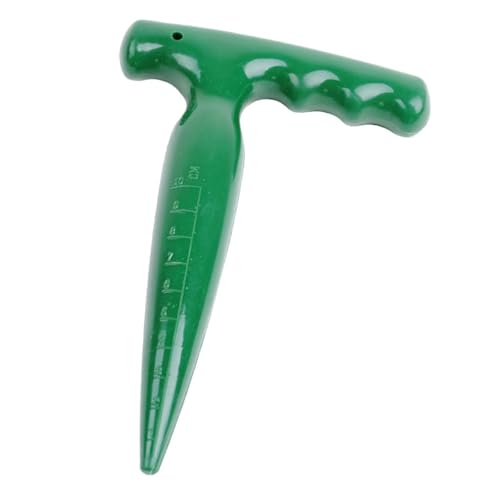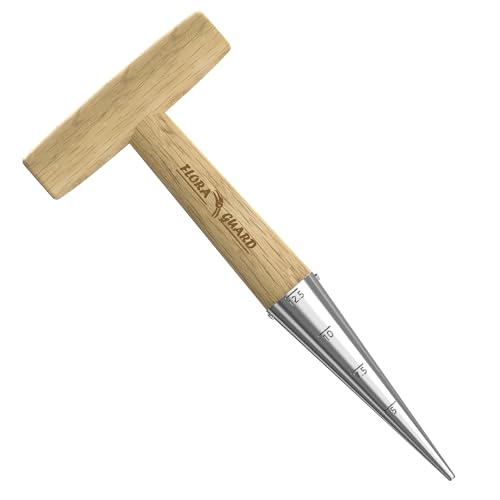What is a Dibber?
A dibber is a tool that is used to create holes or channels in the soil for planting seeds or seedlings. It is typically made of wood or metal and has a pointed end for piercing the soil. Gardeners use a dibber to make holes that are the correct depth and spacing for the seeds or seedlings they want to plant.
Why is Seasonal Timing Important?
The best time to use a dibber depends on the plants you want to grow and the type of soil you have. Some plants prefer to be planted in the spring when the soil is moist and temperatures are cooler. Others prefer to be planted in the fall when the soil is still warm enough to allow for good root growth before winter sets in. Understanding the needs of your plants and the properties of your soil will help you determine the best time to use a dibber.
Springtime Dibbing
In the spring, the soil is typically damp and easy to work with, making it an ideal time to use a dibber. The soil has also been enriched by winter rains, which can help to promote healthy root growth. Spring is the perfect time to use a dibber for planting vegetables, such as carrots, beets, and onions, which need to be spaced at regular intervals to allow for proper growth.
Fall Dibbing
In the fall, the soil is still warm enough to allow for good root growth, making it another good time to use a dibber. Fall planting can be especially beneficial for perennials, such as bulbs and shrubs, which can get a head start on growth before winter sets in. Fall planting can also be beneficial for vegetables such as garlic, which need a period of cold weather to develop properly.
Dibbing for Success
Whether you prefer to plant in the spring or the fall, using a dibber can help to ensure that your plants get off to a healthy start. By using this simple tool, you can create evenly spaced holes that promote good root growth and proper spacing. By understanding the needs of your plants and the properties of your soil, you can determine the best time to use a dibber and give your garden the best chance for success.





